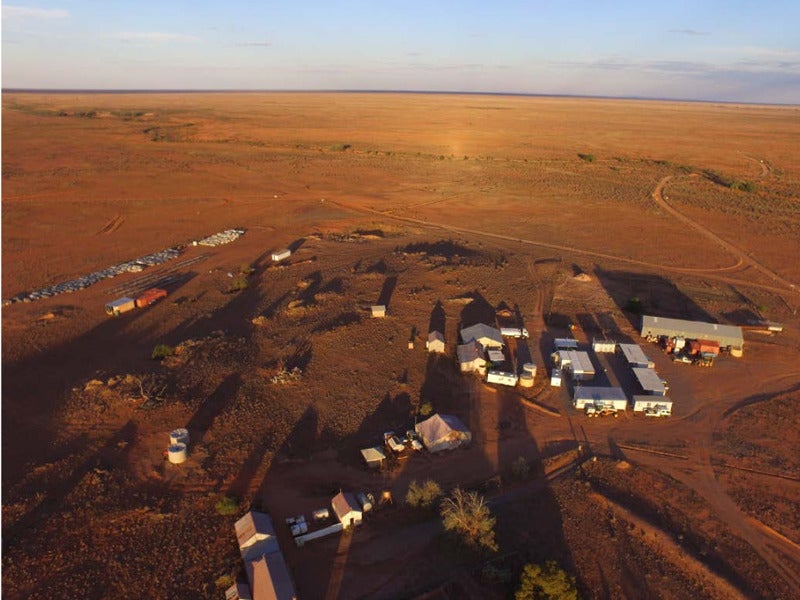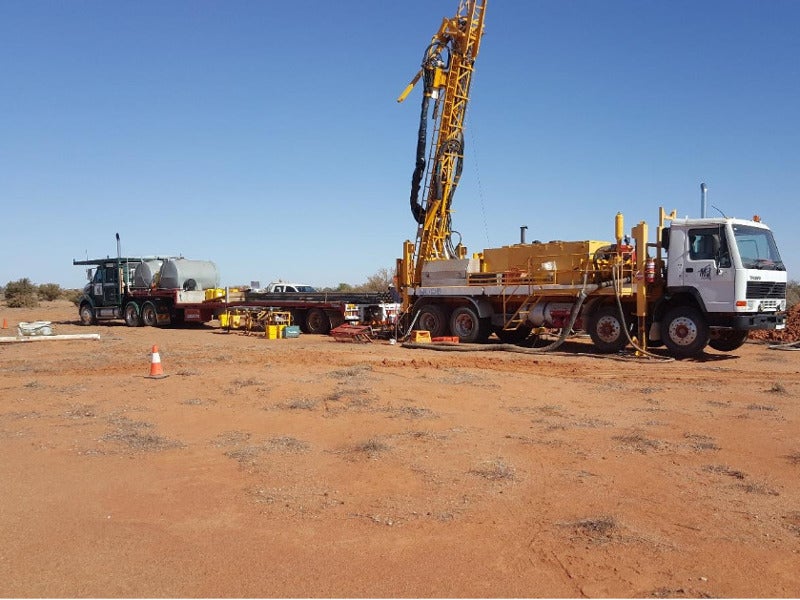Kalkaroo copper-cobalt-gold project located near Broken Hill in South Australia is the biggest undeveloped open-pit copper-gold deposit in Australia.
The project is owned and operated by Havilah Resources through its wholly-owned subsidiary Kalkaroo Copper.
Cobalt resource of 23,200t was estimated for the mine in March 2018, while maiden copper and gold ore reserves of 100Mt were announced in June 2018.
The supplementary metallurgical test work program initiated in July 2018 to support the ongoing feasibility studies confirmed more than 90% of gold recovery in saprolite gold ore by cyanide leaching in May 2019.
It also confirmed cobalt and gold recovery from pyrite concentrate obtained from copper concentrate tailings.
Mining leases for the project were granted by the South Australian Department of Energy and Mining (DEM) in May 2019.
The construction on the project is expected to be started after the completion of feasibility studies by the end of 2019.
Kalkaroo project background
Originally discovered by Placer Pacific in 1992, the Kalkaroo copper deposit was acquired by Havilah Resources in 2003.
Havilah completed a pre-feasibility study (PFS) with $14m funding support from Glencore in 2010, which forecasted a 4.5 million tonnes a year (Mtpa) open-pit mining operation with an estimated capital investment of $400m.
Glencore, however, in 2011 decided not to participate in the project, while its subsidiary Glencopper became a shareholder for the amount it spent for the PFS.
Havilah continued with its own drilling to increase resource estimation and released an updated mining study report in March 2015, which predicted annual production of 34,000t of copper and 108,000oz of gold over an estimated mine life of 17.5 years.
The company further commissioned an updated PFS to optimize the project economics in May 2017, the draft version of which was completed in January 2018.
Kalkaroo copper-cobalt-gold project location, geology, and mineralization
The Kalkaroo multi-metal deposit is located on the Curnamona Craton in South Australia, approximately 90km west-northwest of the regional mining center of Broken Hill and approximately 500km north-east of Adelaide.
The Curnamona Craton comprises Palaeoproterozoic rocks of Willyama Supergroup.
Mineralization at Kalkaroo is found hosted in saprolite, chalcocite, and chalcopyrite, in an 80m -120m thick mineralized zone along 3km strike length.
The Kalkaroo mineralized zone lies between the psammitic footwall rocks and a thick pelitic hangingwall sequence.
Reserves
The Kalkaroo deposit was estimated to hold 100.1Mt of proven and probable ore reserves grading 0.47% copper and 0.44% gold, as of June 2018.
The mine is estimated to contain 1.1Mt of copper, 3.1 million ounces (Moz) of gold, and 23,200t of cobalt in measured, indicated, and inferred resources.
Mining and processing at Kalkaroo copper-cobalt-gold project
Conventional open-pit mining involving truck and shovel operations will be carried out, after stripping off the soft tertiary clay overburden from the initial box-cut excavation.
The extracted ore will be sent to a nearby processing plant, where it will undergo scrubbing, screening, grinding, gravity separation, and floatation for copper production.
Fine gold concentrate is proposed to be recovered in a gravity and conventional carbon-in- leach (CIL) plant at the facility.
The produced concentrates will be dewatered, dried, and stored on site, before being transportted in covered containers to either Port Pirie or Port Adelaide.
Infrastructure facilities
The Kalkaroo mine can be accessed from the Barrier Highway located approximately 50km from the project site. It can also be accessed by an existing gravel road connecting the Transcontinental Railway.
Other infrastructure facilities for the project will include a waste rock dumping area, tailing and water storage facilities, and an accommodation camp.
Contractors involved
RPM Global has been engaged to undertake feasibility studies for the Kalkaroo copper-cobalt-gold project since March 2017.
GR Engineering Services provided the processing plant design for the PFS completed in 2010.





